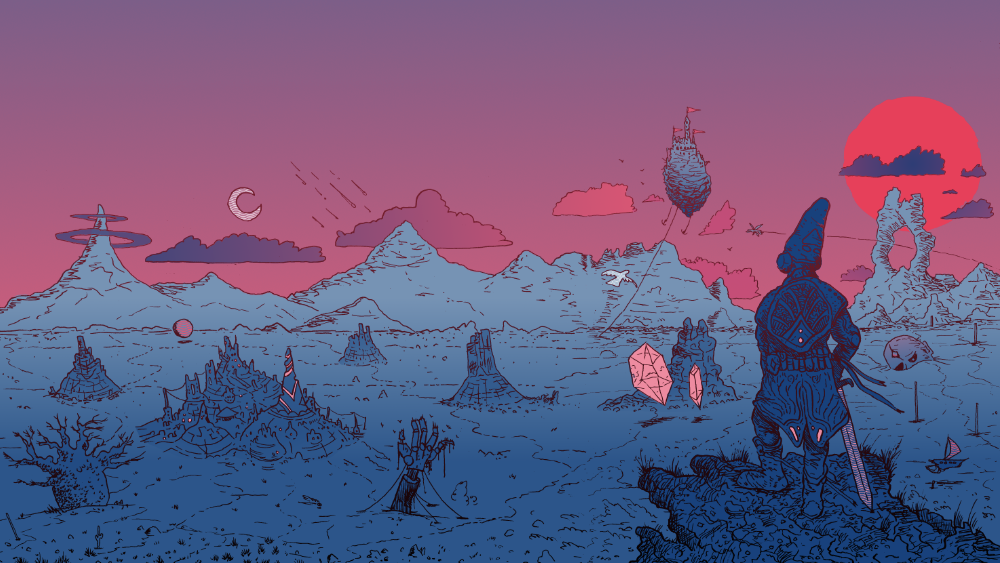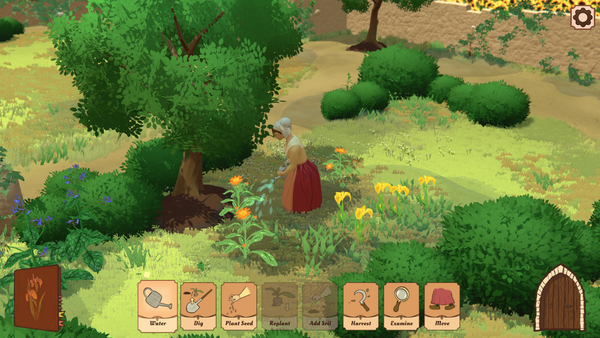My fall must reads are all RPG source books
I’ve had a real tough time getting stuck-in on a good book lately. This time last year, I was knee deep in The Stormlight Archives, a fantasy series that spans thousands of pages. With the release of Winds of Truth in December 2024 though, I’ve run out of runway on that series for now. Filling in the void of what ended up being a sprawling summer and autumn reading project has been way harder than I had expected.
I’ve bopped around a few times, but whenever I look longingly at that copy of Maggie Stiefvater’s The Listeners, I say, “not today, book. Not today.” I don’t know why, really. I mean, I do know why not “The Listeners” specifically: I had overestimated my tolerance for media dealing with that books’ villains. But in general, I’m just not in a book mood.
Except, well, there is this treasure trove of TTRPG source books I have just sitting here in a folder on my computer. Now those I can dig into.
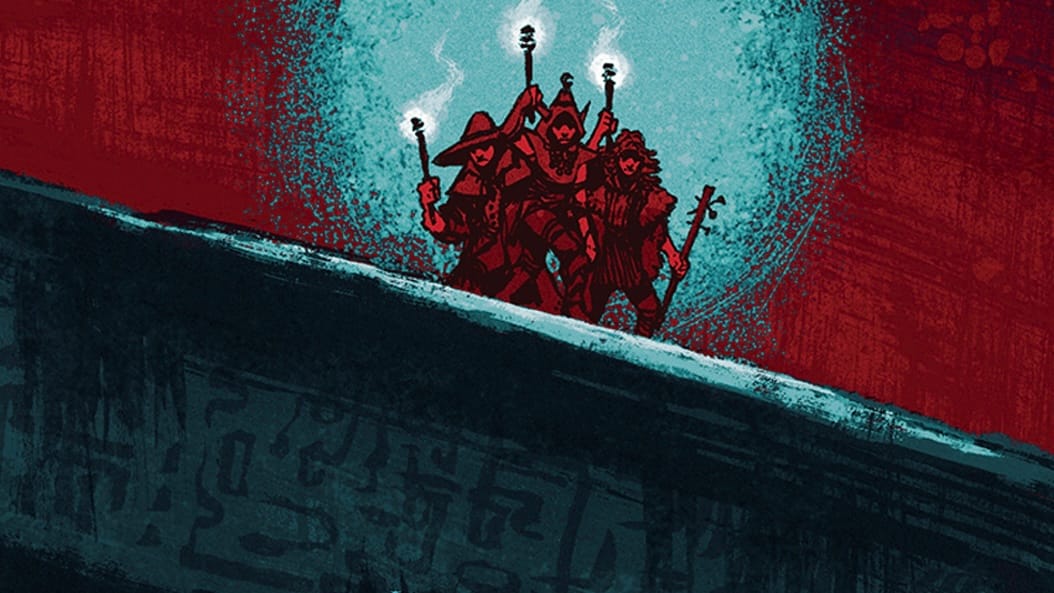
My relationship with tabletop is probably similar to a lot of folks who have as many archived source books as I do: I used to play a ton, struggled to find a good group, each group fell a part, life got in the way, pandemic, then kid, life, job, etc. I’d typically be the coordinator (and game leader) of my groups, getting everyone together after work to squat in a conference room or boot into Roll20 for a magical, mystical, hilarious time in lands beyond. While the actually game playing has all but disappeared, my love for sifting through the kickass art, world design, and dice mechanics has not.
Fathom, The Wildsea, Heart: The City Beneath, Monster of the Week, Blades in the Dark, Vaults of Vaarn, Chalice, Godsend, the list goes on and on. I mean, did you know there’s a D100 based Warhammer 40K role-playing game? I didn’t either, but guess who has read the source book? And I mean, don’t even get me started on starter modules. Now that’s my shit.

Something I’ve had on my mind (and have probably brought up too much on content) is this idea of psychological safety and safe spaces for exploration difficult themes. When we play games, read books, or watch movies, we are giving some situational control over to authors, directors, and game designers. The themes they want to explore, the way you play the game, the actions of a character in a film, all end up being pre-defined and, specifically, out of your control. That can work really well if you trust who is in charge. I stuck with the Stormlight books because the author had proven their storytelling fit with what I was looking for at the time, but it also makes it difficult to take a flier on something new, because who knows what awful or distasteful avenues this particular piece of media is going to go down in book four when the love triangle obviously sours?
It’s probably an understatement to say we’re all feeling a bit raw and vulnerable on a daily basis. For me, that manifests in not wanting to engage with media that has a questionable outcome. Not in a “that’s too raw for me, dude” kind of way, but in a “I’m questioning where this is going to end up” kind of way. Do I want to see that new movie or hop into Severance? And—more importantly—am I in a state where I would find that enjoyable and not just stressful? Oftentimes the answer is no. Right now, I’m not in a mental place where I’m willing to give that control over to the show, to trust this show (everyone obviously loves and thinks is good, I know I know) to not affect me in an unintended—often negative—way. So, I curl up on the couch and crack open a copy of Heart, a D10-based gothic horror tabletop game and setting featuring insect body horror and Bloodborne-style gothic spooky stuff.
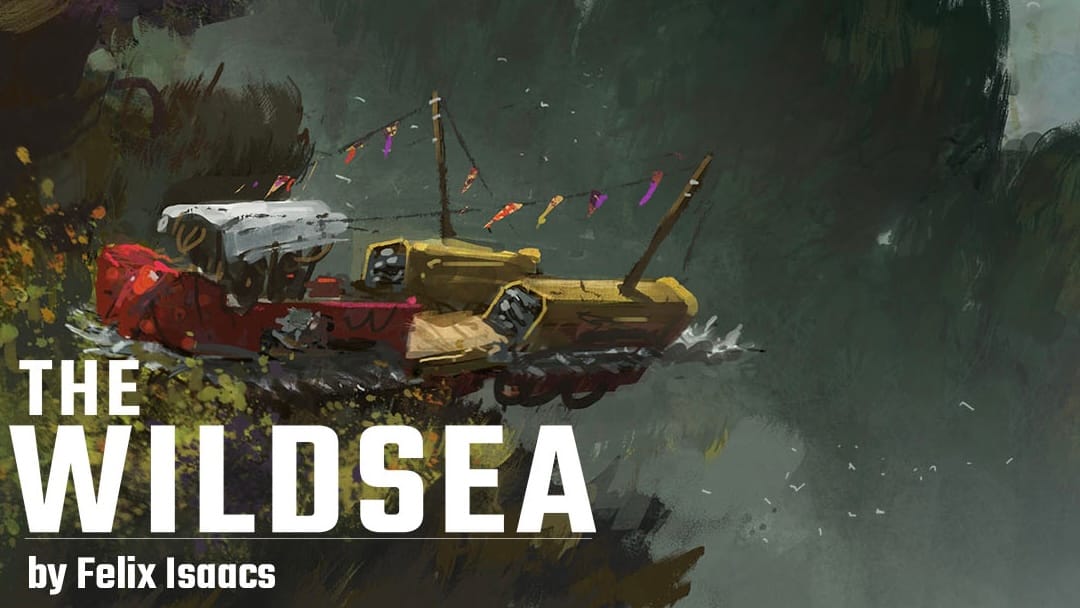
Something about digging through RPG books that detail a word in need of heroes, the messed up group of people and freaks that end up being those heroes, and a bestiary of little goblins and gremlins to beat up feels safe and fun. A source book ends up being narrative Lego for me, interconnected systems that feed one another that I can immediately tell stories with. Digging into the health pools and dice mechanics feels like watching a behind the scenes documentary of your favorite movie: every smart decision is revealed before your eyes. It’s a clockwork machine, each gear magnificent in execution. I can build out future campaigns, I can read the flavor text (the best part of Magic: The Gathering, IMO), and I can analyze the author’s extrapolations: what does this world design say about ours? What is this designer saying about how games, life, and economics work in our day-to-day?
Opening up a source book and seeing the mechanics laid bare in all their raw detail and knowing it’s all meant to play nicely with the world design is so impressive to me. I often will read these books and feel inspired, either to design my own campaign or find ways to alter the system to fit another idea I had, smashing this system into that one. Maybe that’s the crux of the thing: ultimately, I read these books because, just like the games themselves, I love the act of collaboratively telling stories and building worlds. Instead of enjoying the fruits of someone’s creativity and reacting to it, I can build and expand on a system made for creation. I am from Generation Remix, after all.
Are you looking for a few recommendations? Check out any of the games I listed above, or sit back and load up itch.io because I’ve got some for you:
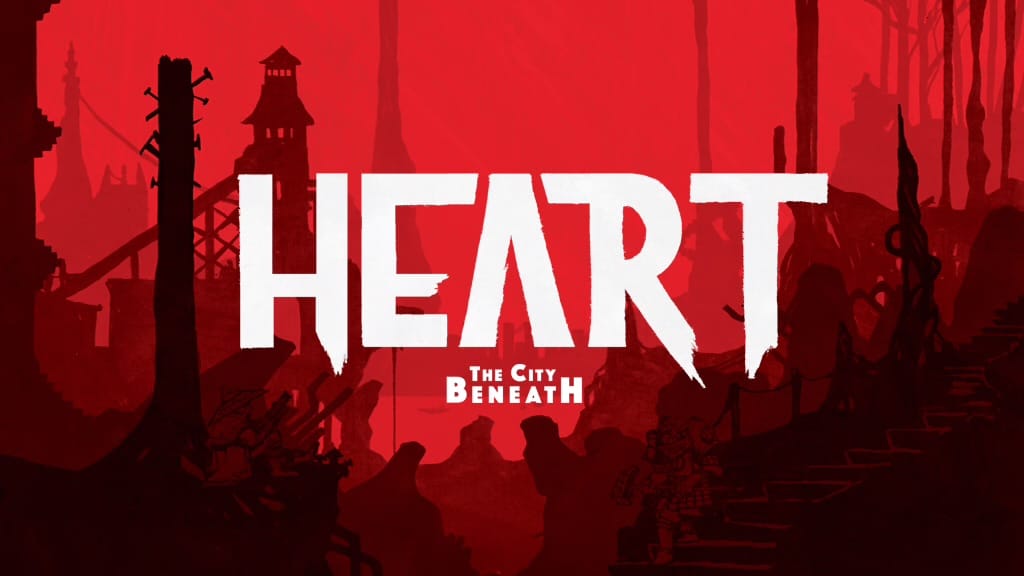
Heart: The City Beneath
I know Heart from the Sangfielle season of Friends at the Table, but you might know it from its incredible run at ENnies Awards. Written by Grant Howitt and Christopher Taylor and art by Felix Miall, Heart is a goopy, spooky book drenched in Bloodborne-esque awfulness where everything gets scarier and grosser the deeper you go. Great if you like Bloodborne, Blasphemous, or Darkest Dungeon.
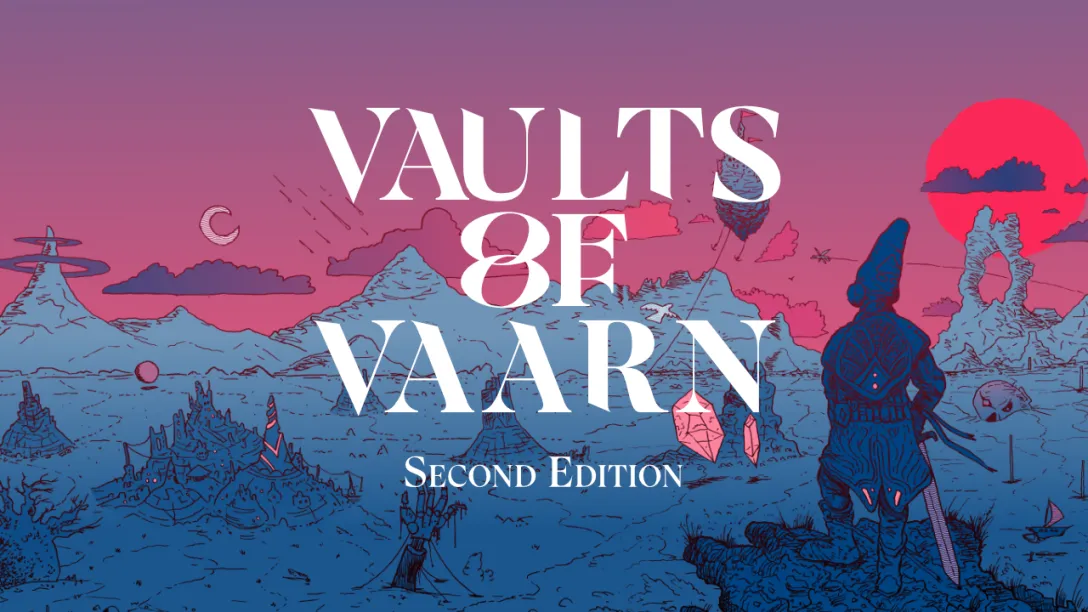
Vaults of Vaarn
Vaults of Vaarn, written and illustrated by Leo Hunt is such a gorgeous looking book that is an absolute feast. Set in a far, far future, Vaults of Vaarn is the answer to the question What if you could play Jodarasky’s Dune as a tabletop game. The art is incredible, the mechanics are super fun, and extrapolating far future stuff is your bag, check it out. Vaults of Vaarn also just wrapped their big 2.0 crowdfunding campaign (with more art!). If you liked the art of Sable, the absurdity of Dune’s far future, or the inventiveness of Scavenger’s Reign, this one is for you.
Chalice
If you backed the massive bundles on itch.io back in 2020 and 2021, you probably already own a copy of Chalice. Unlike Vaults and Heart, Chalice is a solo-journaling game where you chronicle the tale of an Arthurian knight with just pen, paper, and a Tarot deck. I love these solo-journeying tarot games because they’re just choose-your-own-adventure books that you get to write yourself. The cards give you the scenarios, you choose how it goes down. Chalice is great if you want something more open-ended, or if you’re a huge Arthurian legend person like me. If you enjoyed Dev Patel’s The Green Knight, remember reading Canterbury Tales fondly, or just want a reason to crack open that tarot deck, Chalice is for you.
Blades ’68
Did you ever play Deathloop and think, “Man, it sure would be need if I could run heists in this technicolor 1960s fever dream?” Well, welcome to the world of Blades ’68. With similar mechanics to the crew-based roleplaying Blades in the Dark, Blades ’68 pulls characters and crews out of the steampunk past and into the glitzy glam of the 60s. The game is currently only in play test (for free!), but the art is so pretty to look at and I love how the mechanics of Blades in the Dark has been updated to fit the new setting. If you liked Deathloop, crime dramas and Blackspoitation films of the 60s and 70s, or just really like a good heist, look at Blades in the Dark or Blades ’68. It’s good reading.


